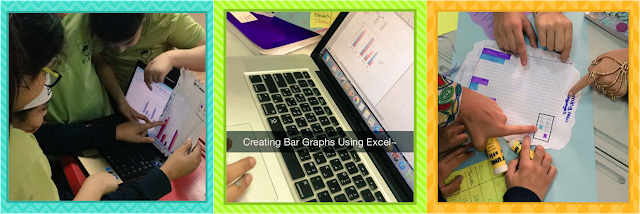"When will I ever use this in real life?"
This is one of the most common questions asked by students on a daily basis. As teachers, we should always try to break the barrier between school walls and the real world; to bridge the gap between what happens in the classroom and what actually takes place "out there" in the real world. Students should not only learn certain concepts and skills, but rather how they can apply what they have learned in the real world. This, in my opinion, is the essence of education.
We are currently at the end of our third unit in math, which is centered around decimals, percentages, and fractions. This unit will soon culminate with a summative assessment, whereby students will use the knowledge, skills, and concepts they have learned during this unit in order to complete their summative assessment.
When first planning this unit, like our students, we also asked ourselves, "How will our students use decimals, percents, and fractions in the real world?" Real-world applications are endless, and the challenge was in creating a structured, inquiry-based lesson that allows students to explore how they can use decimals, percents, and fractions. Through collaborative planning, we came up with FIS Numerology, which involves quantifying personal and cultural expression by using different forms of numbers (i.e. fractions, decimals, and percents).
FIS Numerology was a four-day, project-based learning experience. Our students were divided into groups, and given a survey topic related to personal and cultural expression. They had to come up with their own responses, and then conduct a survey by visiting classrooms and staff rooms. After gathering their data in the form of a tally chart, they had to convert it into fractions, decimals, and percents. The next step was to display their calculated percentages in a hand-made double-bar graph. Students had to also incorporate a technological aspect, where they learned how to input data and create a bar graph using Microsoft Excel. All of this culminated with a display of their work, a Gallery Walk activity, and a personal reflection of what they learned from this in-class project.
As a result, our students were able to quantify student and staff's personal and culture expression. They learned how to apply percents, fractions, and decimals in the real world as a means of conducting surveys to gather, interpret, and display data. I'm truly proud of their work!






